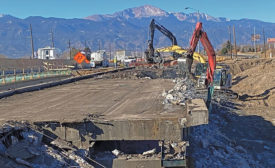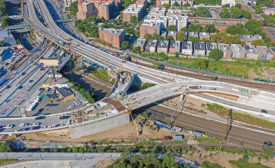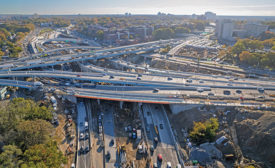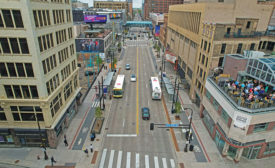Home » Highway/Bridge
Articles Tagged with ''Highway/Bridge''
ENR 2023 Top 25 Newsmakers
2023 ENR Texas & Louisiana Best Projects
Best Highway/Bridge IH-10 San Bernard
December 11, 2023
2023 ENR Northwest Best Projects
Award of Merit, Highway/Bridge: Union Street Pedestrian Bridge Waterfront Access Project
December 11, 2023
2023 ENR Northwest Best Projects
Best Project, Highway/Bridge: The West Seattle Corridor Bridge Rehabilitation and Strengthening (WSCBRS) Project
December 11, 2023
Transportation
2023 Global Sourcebook: New Look for UK Gateway
Second phase of Manchester Airport expansion begins
Read More
ENR Mountain States 2023 Best Projects
Best Project Highway/Bridge: SR-172 RR Crossing
November 27, 2023
ENR Mountain States 2023 Best Projects
Award of Merit Highway/Bridge: Platte Avenue Over Sand Creek Bridge
November 27, 2023
ENR 2023 New York Best Projects
Award of Merit Highway/Bridge: Hunts Point Interstate Access Improvement Project - Contract 1
November 13, 2023
ENR 2023 New York Best Projects
Best Project Highway/Bridge: Kew Gardens Interchange Infrastructure and Operational Improvements at Grand Central Parkway
November 13, 2023
ENR Midwest Best Projects 2023
Award of Merit, Highway/Bridge Hennepin Avenue DT Reconstruction
November 13, 2023
The latest news and information
#1 Source for Construction News, Data, Rankings, Analysis, and Commentary
JOIN ENR UNLIMITEDCopyright ©2024. All Rights Reserved BNP Media.
Design, CMS, Hosting & Web Development :: ePublishing
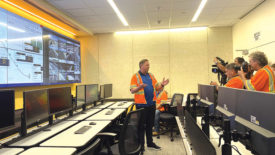

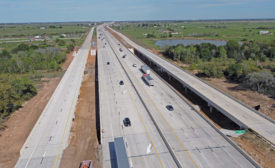

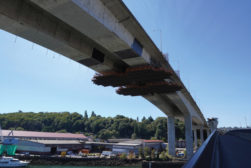
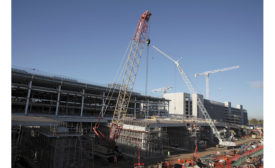
-Railroad-Crossing-02.jpg?height=168&t=1700515658&width=275)
